

Werner Heisenberg (on left), Max von Laue, and Otto Hahn. AIP EMILIO SEGRE VISUAL ARCHIVES, GOUDSMIT COLLECTION

Robert Fuman (on left) and Samuel Goudsmit.
COURTESY OF ROBERT S. NORRIS

Moe Berg (on right) and Paul Scherrer. MOE BERG PAPERS, MANUSCRIPTS AND ARCHIVES DIVISION, THE NEW YORK PUBLIC LIBRARY, ASTOR, LENOX AND TILDEN FOUNDATIONS

A-26 Invader aircraft, used to carry xenon-133 detection equipment over Germany. WERNHER KRUTEIN/PHOTOVAULT.COM

American troops discover Heisenberg’s reactor. AIP EMILIO SEGRE VISUAL ARCHIVES, GOUDSMIT COLLECTION

Tomsk-7 nuclear facility, photographed by a U-2 on August 21, 1957. NATIONAL ARCHIVES VIA TIM BROWN
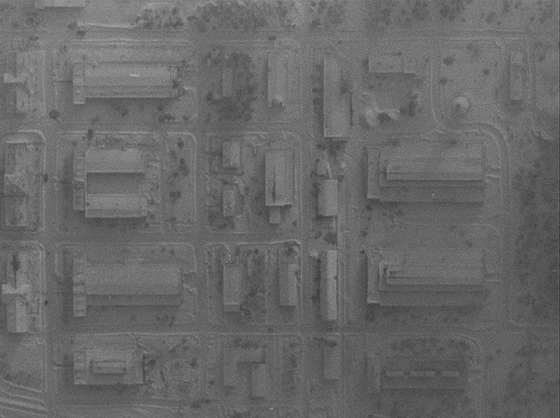
Arzamas-16, the Soviet counterpart of Los Alamos, as photographed by a U-2 on February 5, 1960. NATIONAL ARCHIVES VIA TIM BROWN

The cylinder with China’s first bomb being moved to the tower at Lop Nur on October 15, 1964. ROBERT S. NORRIS

Deng Jiaxian (center) and Yu Min (right), early Chinese nuclear weapons designers. ROBERT S. NORRIS

Jiuquan Atomic Energy Complex, as photographed on September 22, 1966, by a KH-7/Gambit satellite. NATIONAL ARCHIVES VIA TIM BROWN
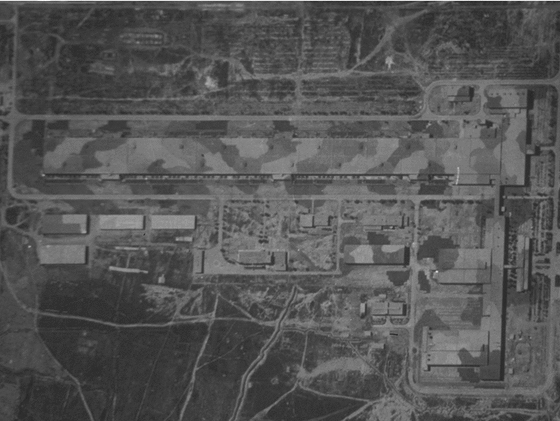
Lanzhou Gaseous Diffusion Plant, as photographed on May 10, 1966, by a KH-7/Gambit satellite. NATIONAL ARCHIVES VIA TIM BROWN
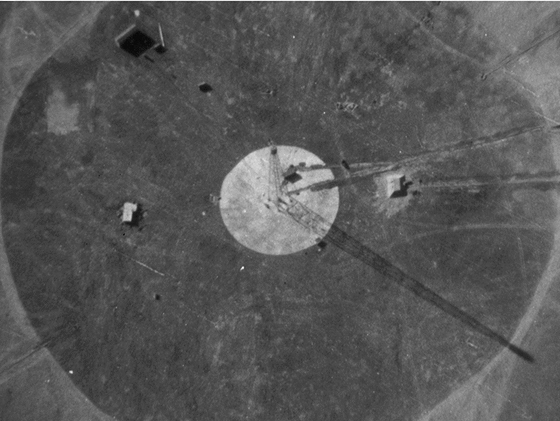
Lop Nur shot tower, photographed on December 8, 1966, during a KH-7/Gambit mission. NATIONAL ARCHIVES VIA TIM BROWN

The Mururoa French nuclear test in the Pacific, as photographed by a KH-7/Gambit satellite on May 26, 1966. NATIONAL ARCHIVES VIA TIM BROWN

A close-up of the entrance to the test shafts at Mururoa, as photographed by a KH-7/Gambit satellite on May 26, 1967. NATIONAL ARCHIVES VIA TIM BROWN
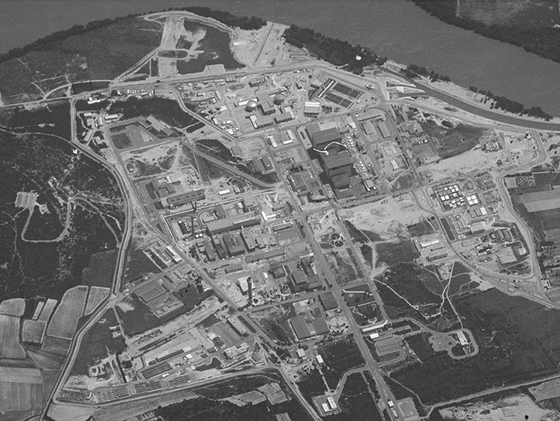
Marcoule Plutonium Production Plant, France, photographed on June 11, 1967, by a KH-7/Gambit satellite. NATIONAL ARCHIVES VIA TIM BROWN

Pierrelatte Uranium Enrichment Plant, France, photographed on June 11, 1967, by a KH-7/Gambit satellite. NATIONAL ARCHIVES VIA TIM BROWN

The Negev Nuclear Research Center (Dimona) in Israel, photographed by a KH-4B/Corona satellite on September 29, 1971. NATIONAL ARCHIVES VIA TIM BROWN
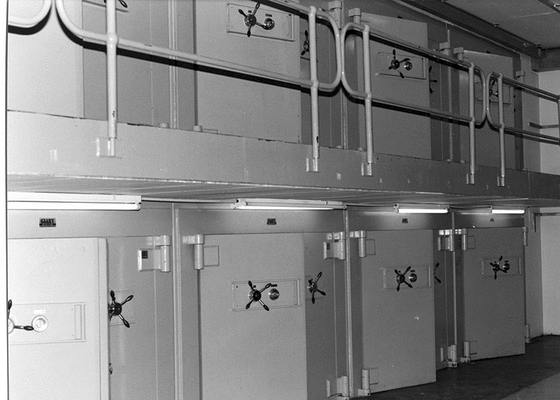
Vaults in which South African nuclear weapons were stored. ROBERT WINDREM

Henry Gomberg, the University of Michigan Professor who was instrumental in convincing the United States that Israel was operating a plutonium production reactor in the Negev. MOSES GOMBERG PAPERS, BOX 2, BENTLEY HISTORICAL LIBRARY, UNIVERSITY OF MICHIGAN
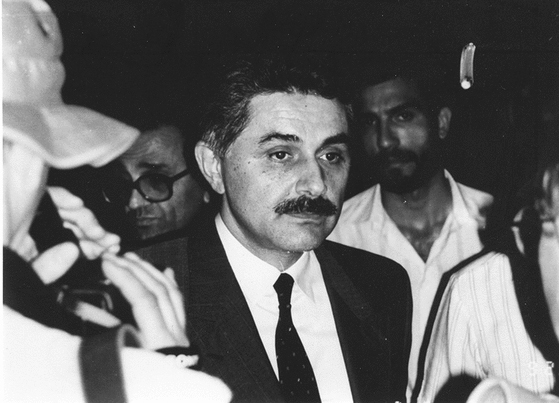
Jaffar Dhia Jaffar, appointed senior administrator of the Iraqui nuclear weapons program in 1981. INTERNATIONAL ATOMIC ENERGY AGENCY VIA ROBERT WINDREM
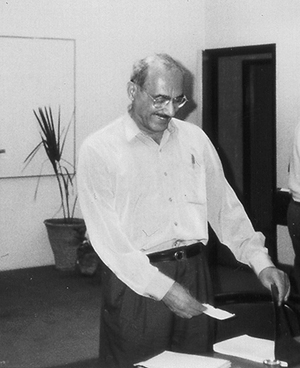
Mahdi Obeidi, head of the centrifuge effort at Rashdiya, turned over booklets and centrifuge parts hidden in his garden to U.S. troops after the fall of Baghdad. CENTRAL INTELLIGENCE AGENCY VIA ROBERT WINDREM

A.Q. Khan, a central figure in Pakistan’s development of nuclear weapons and the proliferation of nuclear weapons technology. UNITED STATES INFORMATION AGENCY VIA ROBERT WINDREM
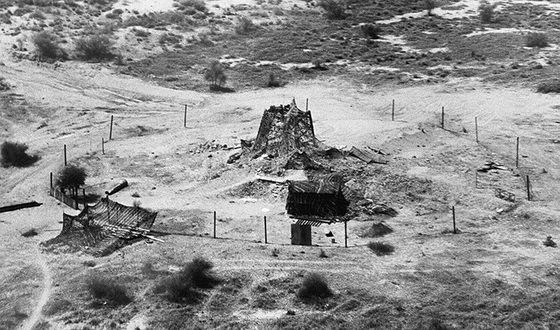
India’s Pokhran test site after the May 11, 1998, detonation. AFP/GETTY IMAGES

The Defense Communications Electronics Evaluation and Testing Activity (DCEETA), at Fort Belvoir, Virginia, the main ground station for the receipt of KH-11 and advanced KH-11 imagery. ROBERT WINDREM
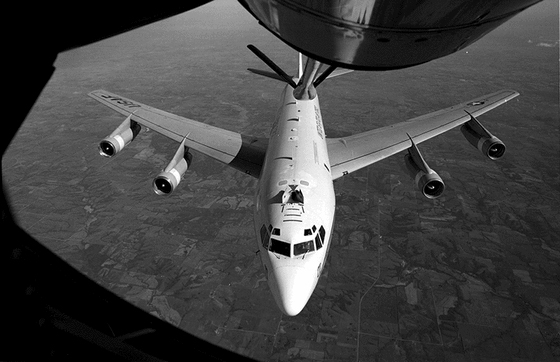
WC-135, the remaining U.S. aircraft used to gather the airborne particles produced by nuclear testing. U.S. AIR FORCE
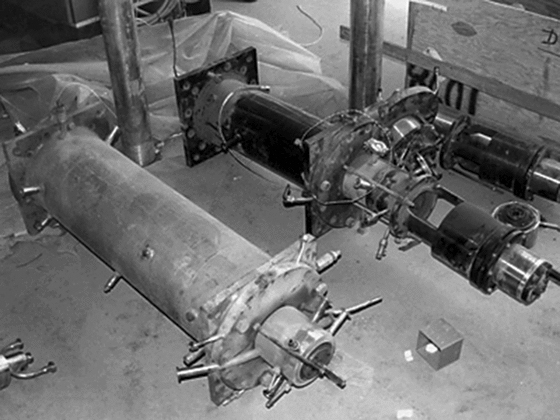
Tuwaitha centrifuges, discovered by IAEA inspectors after the 1990–1991 Persian Gulf War. ACTION TEAM 1991–1998/IAEA

Tarmiya, site of Iraqi electromagnetic isotope separation efforts before the 1990–1991 war. INTERNATIONAL ATOMIC ENERGY AGENCY VIA ROBERT WINDREM
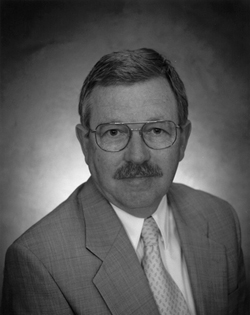
David Kay was head of an IAEA inspection team in Iraq after the 1990–1991 war and served as the director of central intelligence’s adviser to the Iraq Survey Group after the 2003 war. POTOMAC INSTITUTE FOR POLICY STUDIES

George J. Tenet, director of central intelligence from July 1997 to July 2004. CENTRAL INTELLIGENCE AGENCY
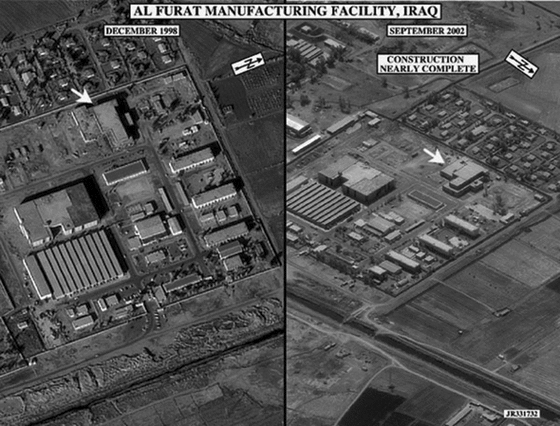
Al Furat, a centrifuge production site before the 1990–1991 Gulf War, as photographed by advanced KH-11 satellites in December 1998 and September 2002. U.S. GOVERNMENT

Arak, Iran, site of a planned heavy-water production plant and 40-megawatt reactor, photographed by an Ikonos satellite in August 2001. SPACE IMAGING/INTA-SPACE TURK

A September 2002 Ikonos photograph of Natanz, Iran, site of a pilot fuel enrichment plant employing centrifuges and planned future site of a full-scale enrichment plant. SPACE IMAGING/INTA-SPACE TURK
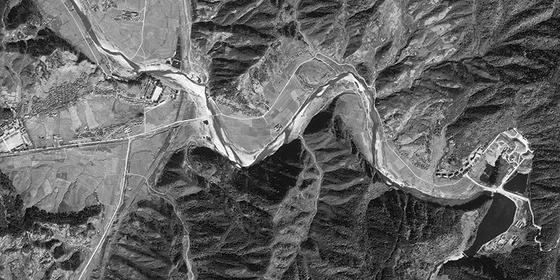
Hagap, North Korea, a candidate for the location of an underground uranium enrichment facility, photographed by an Ikonos satellite in October 2000. SPACE IMAGING

Yongbyon Nuclear Research Center, North Korea, the focus of U.S. concerns about North Korean nuclear weapons efforts, photographed by an Ikonos satellite in August 2002. SPACE IMAGING
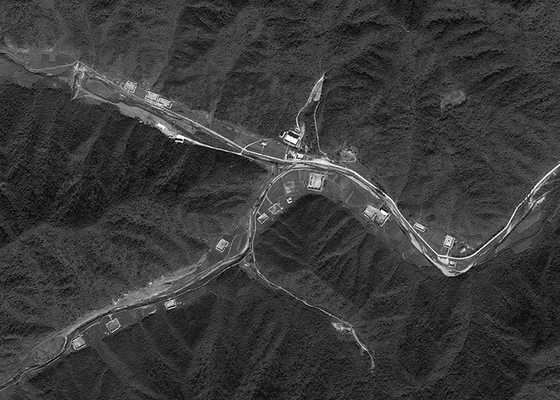
A September 2002 Ikonos photograph of Kumchang-ri, North Korea, home to an underground facility that the United States believed might be related to nuclear weapons efforts but was empty when inspected. SPACE IMAGING